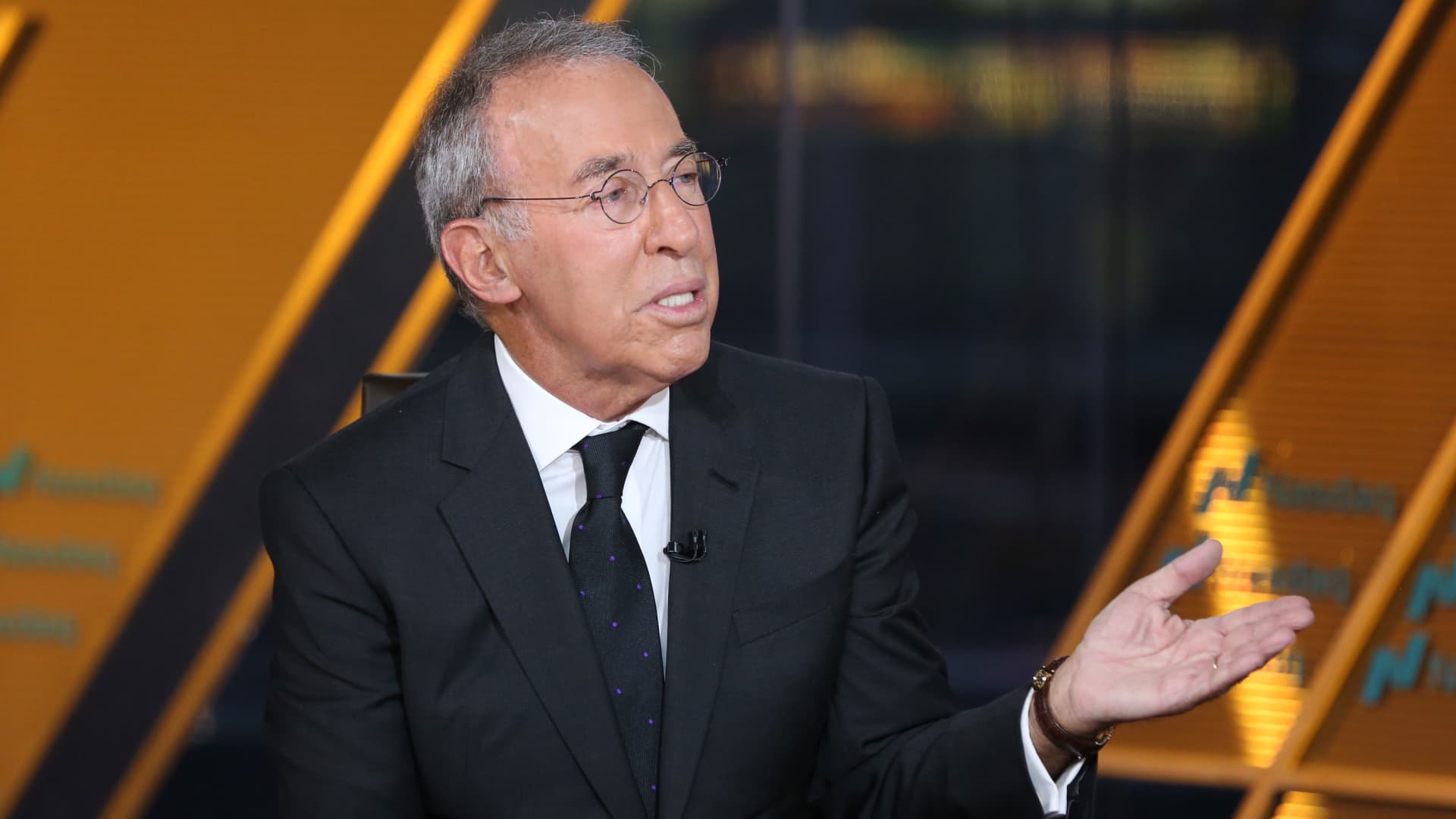How a Subsidiary and Wholly-Owned Subsidiary Differ
Subsidiaries and wholly-owned subsidiaries are two types of companies that fall under the purview of another, larger company. Both are owned by the parent or holding company. The parent company owns a majority stake of over 50% in a subsidiary. The controlling interest in a wholly-owned subsidiary amounts to 100%.
Key Takeaways
- Subsidiaries and wholly-owned subsidiaries allow parent companies to enter new markets.
- Subsidiaries typically have their own management teams and boards of directors.
- Berkshire Hathaway is an example of a holding company with multiple subsidiaries, such as General Re, and wholly-owned subsidiaries like GEICO.
Subsidiary
A subsidiary is a company owned by another company. The parent company controls the voting stock of the subsidiary. However, the subsidiary and parent companies remain separate legal entities for liability, tax, and regulatory reasons.
The amount of controlling interest the parent company exercises depends on the level of control it awards to the subsidiary company’s management staff. Parent companies use subsidiaries to get into a specific market. They can set up a new company, foreign or domestic, or acquire an entity already established in the target market.
When entering a foreign market, a parent company may benefit from a regular subsidiary rather than any other type of entity. Even without any legal barriers to entry, establishing a regular subsidiary helps the parent tap into partners with the expertise and familiarity needed to function in local conditions.
Important
Any subsidiary established in a foreign market, whether regular or wholly owned, must follow the laws and regulations of the country where it is incorporated.
Wholly-Owned Subsidiary
With a wholly-owned subsidiary, the parent company owns all of the common stock. As such, there are no minority shareholders, and the stock is not publicly traded. It remains an independent legal body with an organized framework and administration. Unlike a regular subsidiary, the day-to-day operations of this structure are directed entirely by the parent company.
Like the regular subsidiary, wholly-owned subsidiaries help parents tap into new markets, especially those in foreign countries. This can be accomplished through greenfield investments, which involve setting up brand-new entities. This includes approvals, building facilities, and training employees.
A parent company may also acquire an existing company in the target market. In some countries, licensing regulations may make the formation of new companies difficult or impossible. If a parent company acquires a subsidiary that already has the necessary operational permits, it can begin conducting business sooner and with less administrative difficulty.
Note
A majority-owned subsidiary is one in which a parent company has a 51% to 99% controlling interest.
Benefits
A subsidiary is a separate legal entity for tax, regulation, and liability purposes. Parent companies can benefit from owning subsidiaries because it can enable them to acquire and control companies that manufacture components needed for the production of their goods. This is especially true if the parent wants to get into another market, such as a different country.
If a subsidiary holds valuable proprietary technology, the parent company may make the entity a wholly-owned subsidiary with exclusive control over the subsidiary’s technology. This could give the parent company a competitive advantage over its rivals.
Examples
Berkshire Hathaway (BRK.A and BRK.B) is a multinational holding corporation. Headquartered in Omaha, Nebraska, the company has more than 60 subsidiaries, both regular subsidiaries and those that are wholly owned.
General Re is a global reinsurance company in North America, dating back to the early 1920s. The company became a direct reinsurer in 1929, offering its services directly to insurance companies. The company has a presence in North America and Europe. In 1998, Berkshire Hathaway acquired its parent company, General Re Corporation. At that point, it became a subsidiary of Berkshire.
Berkshire Hathaway was originally a textile company, but began to expand its horizons under the leadership of Warren Buffett. It acquired an equity stake in the Government Employees Insurance Company, GEICO, in the 1970s. The company remained public until 1996, when Buffett purchased all of GEICO’s outstanding stock. At this point, GEICO became a wholly-owned subsidiary of Berkshire Hathaway.
What Is the Difference Between a Joint Venture and a Wholly-Owned Subsidiary?
A joint venture (JV) and a wholly-owned subsidiary have different ownership structures. A JV is a firm or partnership that is established and operated by two companies. A wholly-owned subsidiary is owned by a parent company that maintains control over this type of subsidiary.
What Are the Advantages and Disadvantages of a Wholly-Owned Subsidiary In a Foreign Market?
A parent company can set up a wholly-owned subsidiary to align with its global corporate strategy. A parent company usually selects companies to become wholly-owned subsidiaries that it considers vital to its overall success as a business. Parent companies must keep in mind that businesses in different countries may have different workplace cultures. This means that policies and procedures may not align with those of the parent.
What Is the Risk of Acquisitions In Another Country?
Companies that want to establish subsidiaries through acquisitions in a foreign country may face geopolitical, currency, or trade risks.
The Bottom Line
Subsidiaries and wholly-owned subsidiaries are companies that are at least partially under the control of another company. Both are owned by the parent or holding company.









